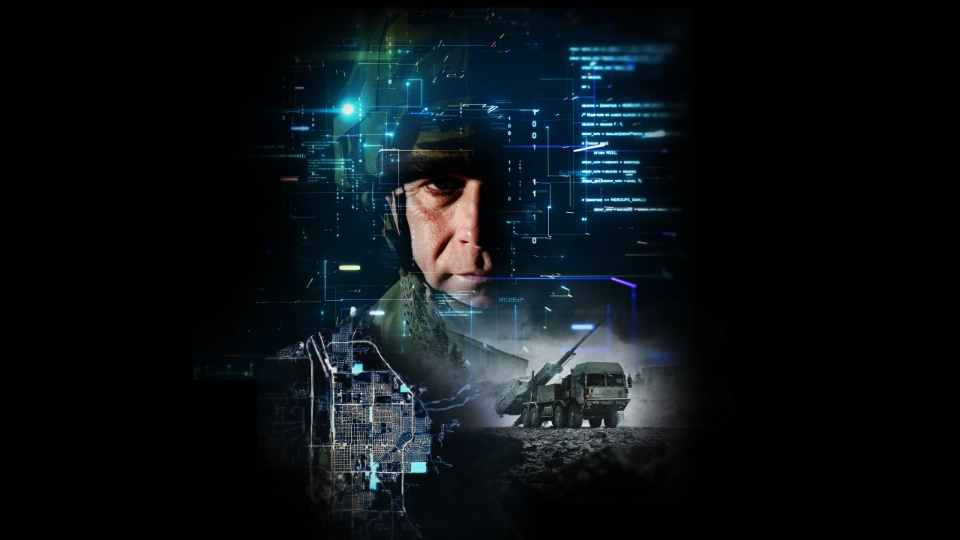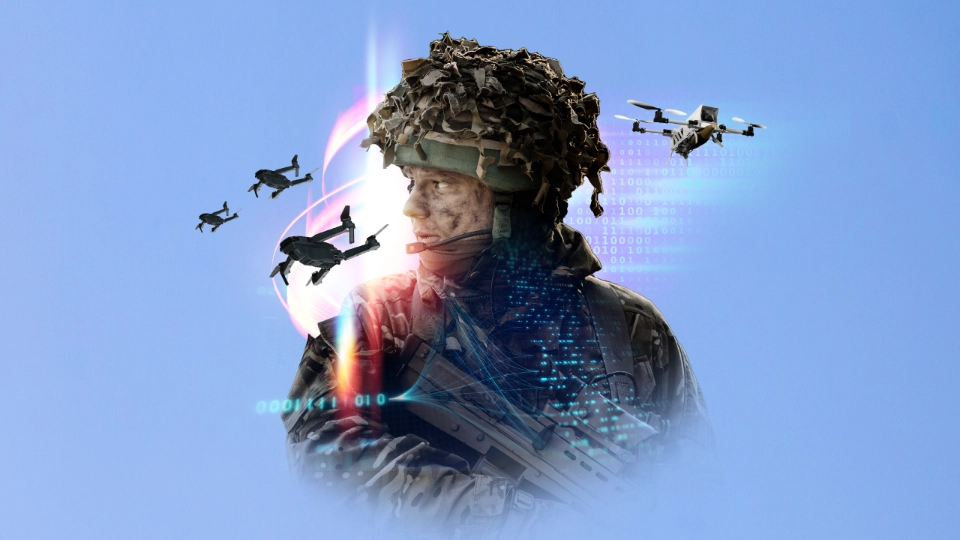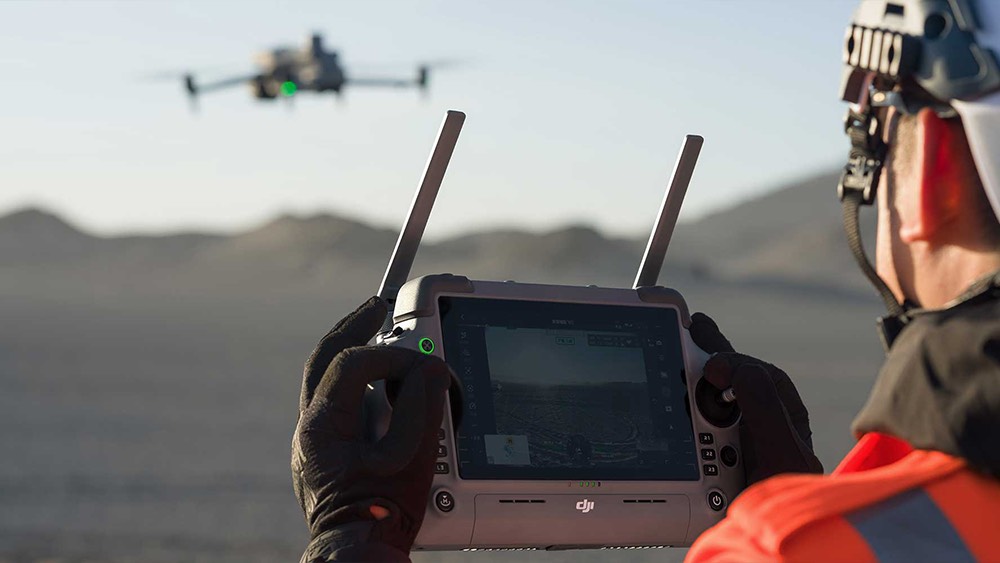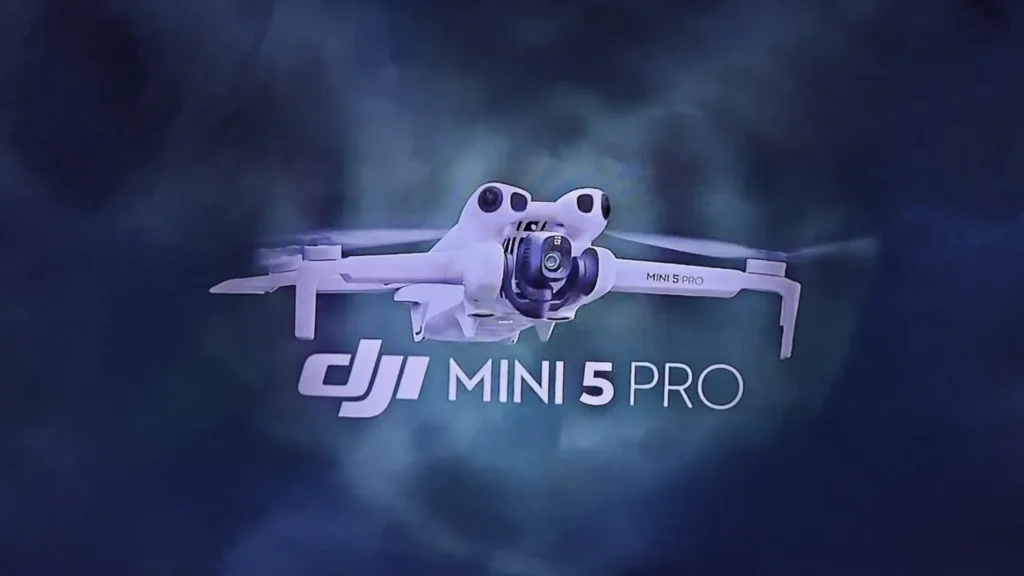The New Era of AI-Driven Drone Operations
Drones have rapidly evolved from remote-controlled cameras to intelligent, autonomous partners capable of assisting frontline teams in some of the most demanding environments. This transformation is driven largely by artificial intelligence (AI), which has unlocked new levels of speed, precision, and autonomy that were once unimaginable.
Today, AI is not just a feature added onto drones—it is the core engine redefining how they see, interpret, and respond to the world. Here’s a deep look at how AI is reshaping frontline drone operations across sectors such as security, environmental monitoring, disaster response, and strategic reconnaissance.

Turning Raw Data Into Real-Time Intelligence
Frontline missions rely heavily on situational awareness. Traditional drones could capture visuals, but the data required analysis after the mission ended. AI has flipped this dynamic entirely.
Modern AI-equipped drones process data instantly:
Live object recognition: Drones can identify vehicles, people, terrain shifts, or structural changes within seconds.
Semantic understanding: AI can understand what’s happening in a scene, not just record it.
This means an operator no longer waits for video review—they receive immediate insights that can shape decisions on the spot. In a frontline scenario, these seconds matter.
Autonomous Flight That Thinks Like a Pilot
GPS loss, bad weather, dense terrain, or unexpected obstacles once made drone navigation risky. AI now handles these challenges with remarkable precision.
AI enables drones to:
Detect and avoid obstacles in real time
Map unknown areas using SLAM (simultaneous localization and mapping)
Reroute dynamically based on environmental changes
Maintain stable flight through wind, dust, or urban interference
Instead of an operator manually adjusting every move, the drone becomes a self-steering asset—freeing the human pilot to focus on mission objectives, not flight mechanics.

Intelligent Target Tracking and Threat Prioritization
Frontline operators often work in chaotic environments where threats are hard to spot. AI enhances drone operations by offering:
Smart tracking: Once an object of interest is identified, the drone can lock on and follow it smoothly.
Threat ranking: AI can assess the potential risk level of detected objects based on movement, behavior, and environmental context.
Multisensor fusion: Thermal, visual, and radar inputs are combined into one coherent interpretation of a situation.
This transforms drone operations from passive observers into intelligent scouts capable of guiding the operator’s attention to what matters most.
Predictive Maintenance That Prevents Flight Failures
Frontline drone operations demand reliability. A drone malfunction can compromise an entire mission.
AI-driven predictive models continuously monitor:
Battery health
Motor temperature
Sensor performance
Flight anomalies
Wind load and stress metrics
By analyzing these patterns, AI can forecast component wear and suggest maintenance before a failure occurs. This boosts mission readiness and reduces the risk of mid-air issues when lives or critical data depend on smooth drone operations.

The Bigger Picture: Why AI Matters on the Frontline
AI doesn’t just enhance drones—it elevates them into strategic assets that fundamentally change how frontline drone operations are planned and executed.
AI-powered drones offer:
Speed: Faster responses to rapidly evolving situations
Accuracy: Precision in detection, tracking, and mapping
Adaptability: Real-time adjustments to unpredictable environments
Scale: Ability to manage large areas with fewer human operators
Safety: Minimizing risks to personnel by taking on dangerous tasks
Whether monitoring forests, securing borders, mapping disaster zones, or conducting complex reconnaissance, AI ensures drone operations are not just tools—but intelligent partners.
Conclusion
The fusion of AI and drone technology marks one of the most significant advancements in modern drone operations. With the ability to think, analyze, navigate, and coordinate autonomously, AI-enabled drones amplify human capability in ways that were once science fiction.
As AI continues to evolve, drones will become even more intuitive, more autonomous, and more deeply embedded in critical drone operations—supporting frontline teams with unmatched precision and intelligence.


